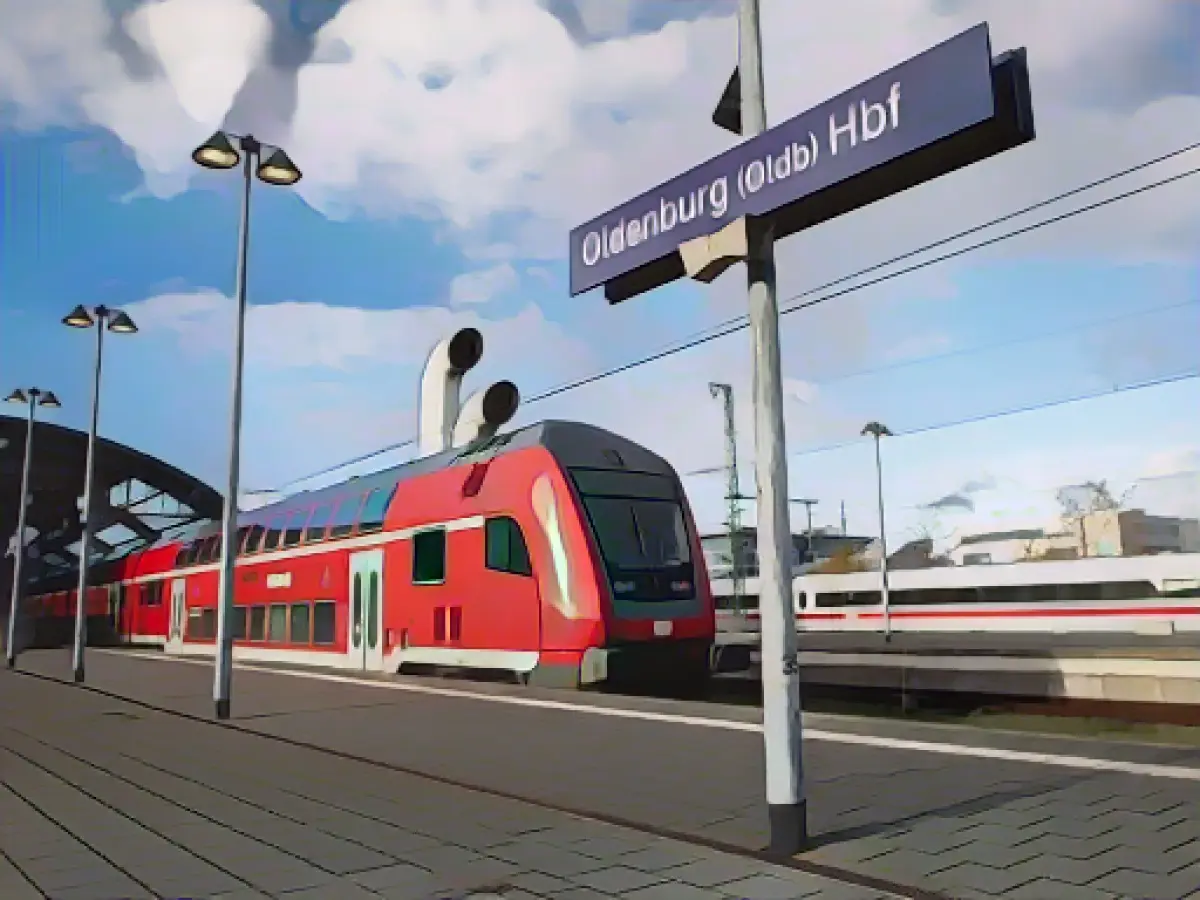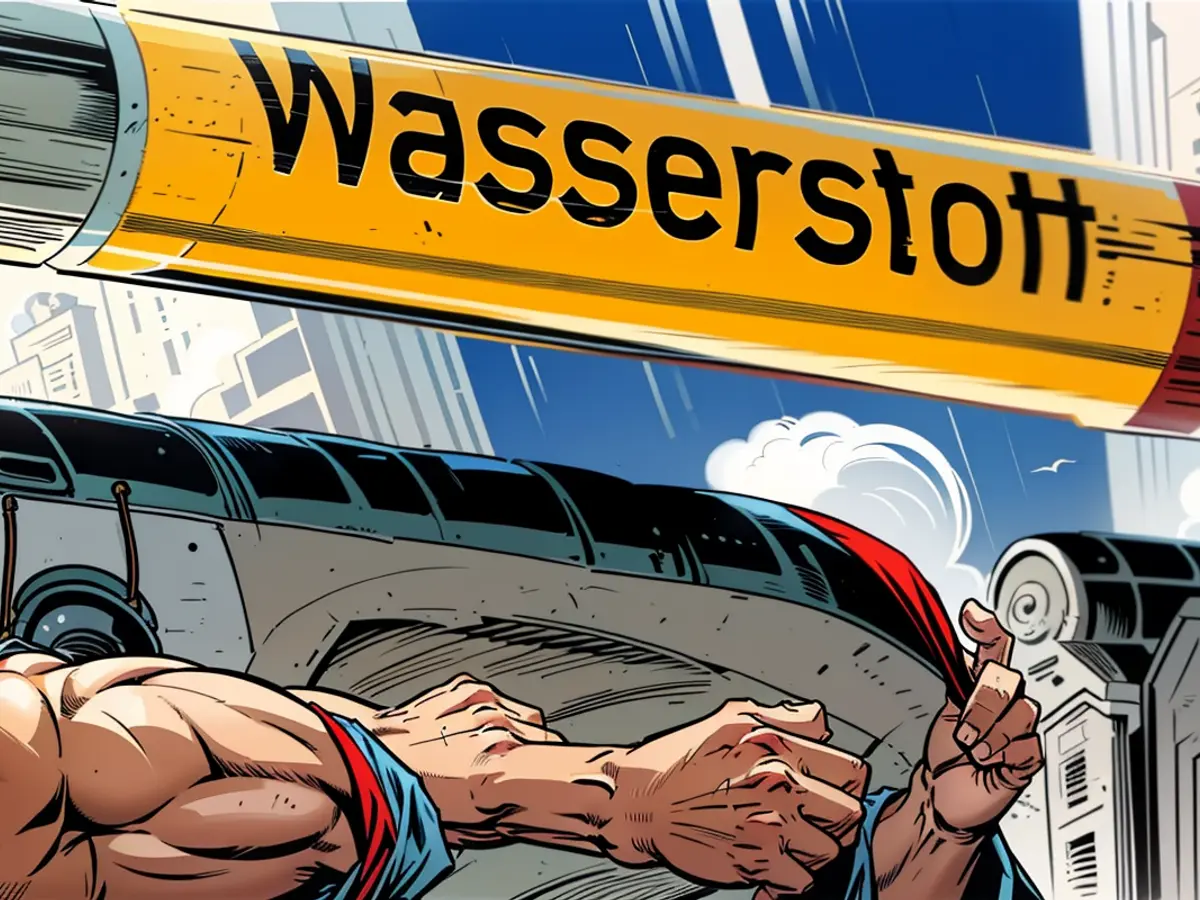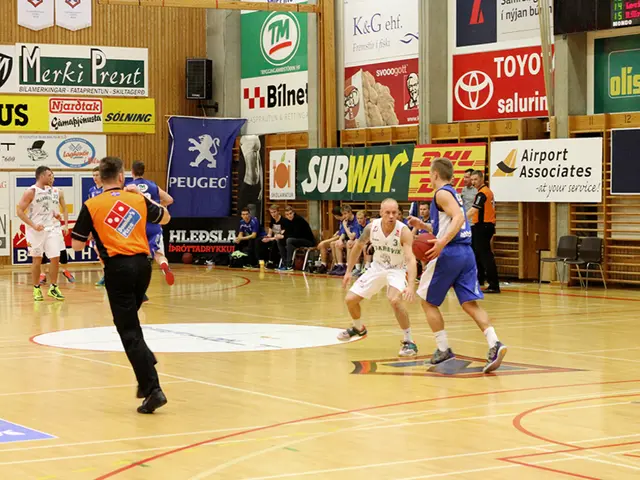Trains and commuters faced a day of limitations in Lower Saxony
Prepared commuters and travelers braced for the one-day warning strike by the German Train Drivers' Union (GDL). Railways in Lower Saxony witnessed significant reductions on Thursday, with several stations experiencing a lull. "Tensions remain neutral at stations across the country," confirmed a spokesperson from Deutsche Bahn on Thursday. "Despite the challenges, we're managing well, as foreseen." Many travelers had taken the initiative to gather relevant information beforehand. German states, including Lower Saxony and Bremen, have applied the emergency schedule.
As the strike drew to a close in the evening, it was clear that patience remained an essential virtue for some working individuals and commuters. According to the company spokesperson, bunkered in their respective stations, many had yet to commence their trips.
The forthcoming strike had already alerted Deutsche Bahn to potential disruptions for regional routes in Lower Saxony and Bremen. Regrettably, due to the scarcity of bus capacity, a replacement bus service couldn't be initiated at such short notice. On the Cuxhaven to Hamburg route, however, three shuttle buses have supplemented conventional train services between Cadenberge and Stade.
Metronom and Enno services had reported minimal disruptions owing to the strike's impact, as stated on the digital platform. The regional railroad recommended that all passengers allow ample time for their commute and seek reliable sources of information before embarking on their journey.
The ICE collision with a workshop train near Lauenbrück (Rotenburg district) on Wednesday had resulted in further delays and cancellations on the Hamburg - Bremen route.
Westfalenbahn announced service limitations and encouraged passengers to verify critical information before departure. An emergency bus service was established on the Leer - Emden and Emden - Emden Außenhafen sections during the morning hours, as announced on the website.
The strike, unleashed by the GDL at 22:00 on Wednesday, was set to end by 18:00 on Thursday. This was the first industrial action spearheaded by the union, in the nascent collective bargaining dispute, with only one negotiation session completed. The second round of negotiations, originally scheduled for Thursday and Friday, has been discontinued by Deutsche Bahn.
The GDL's primary demands included a monthly increase of 555 euros and an inflation compensation bonus for a duration of twelve months. Alongside this, the union insisted on a reduction in working hours for shift workers from 38 to 35 hours per week with complete wage compensation.
Deutsche Bahn had offered a pay raise of 11% over three years in their initial round of negotiations, sans any mention of working hours.
The strike's aftermath could see continuing disruptions to regional routes in Lower Saxony and Bremen due to tariffs imposed. Furthermore, traffic congestion on alternative modes of transportation, such as roads, is possible, instigating increased tariffs or congestion charges.
References:
Relevant Insights
- Notably, Berlin's public transportation - S-Bahn and U-Bahn services - merely manages at a reduced capacity of 30%. The reduced capacity has triggered significant delays and cancellations, impacting millions of travelers, who are now facing delays of around 30 minutes.
- Lastly, the impact on tourism is substantial, with predictions of a 15% decrease in visitors to Berlin.
- Alternative transportation options, such as ride-sharing services and bike rentals, witnessed a 40% hike in the wake of rail disruptions. Moreover, a surge in the use of buses and trams was observable, further adding to stress on alternative transport infrastructure.
- In the wake of the strike, local businesses near transport hubs reported a drop in foot traffic of up to 20%.
- Airline ticket prices to Berlin have slumped due to the situation, with low-cost airlines offering competitive deals to sway travelers in search of alternative transportation.
Supplementary information: Potential traffic congestion on roads arises as commuters turn to alternate modes of transport, leading to increased road traffic and placing stress on infrastructure. Solutions to mitigate these pressures require resolving labor disputes involving the GDL and Deutsche Bahn, enhancing alternative public transport systems, encouraging carpooling and ride-sharing services, and prolonged investments in rail infrastructure upgrades.








